What Makes Spain Pop: Discover the Legends, Flavours & Festivals Your Travel Dreams Crave
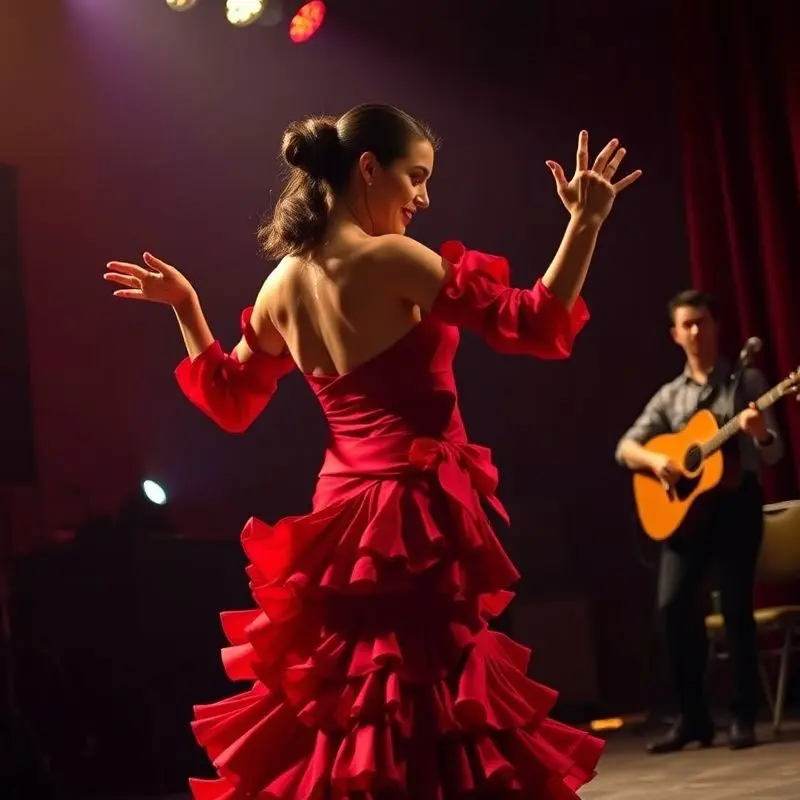
Introduction
Spain captivates the world with Spain tourism facts that reflect its explosive popularity: nearly 100 million visitors annually. From flamenco dance to beloved paella, Spain is an endless tapestry of vibrant experiences. Moreover, visitors are drawn by Andalusian architecture, Mediterranean beaches, legendary football, and historic pilgrimage routes.
Flamenco: The Rhythmic Soul of Andalusia
- Overview: Flamenco, originating from Andalucía, is Spain’s most iconic cultural art form. It unifies intense emotion, dramatic song, guitar, dance, hand‑clapping, and finger‑snapping in unique performances.
- Informational insight: UNESCO deemed flamenco a Masterpiece of Oral and Intangible Heritage in 2010 Enjoy Travel.
- Visual/concept idea: Show a photo of dancers in traditional traje de flamenca, guitars lit by warm light, and a crossover map pinpointing Seville, Granada, Córdoba as prime flamenco cities.
- Section goals: Inspire booking a flamenco night show or flamenco school visit; explain what makes it truly Spanish.
Tapas & Paella: Spanish Gastronomy Unleashed
- Tapas culture: Small plates like patatas bravas, chorizo, and olives form tapas. This social style of dining is central to Spanish food culture and is found in nearly every bar from Andalucía to Madrid.
- Paella origin: Valencia is birthplace of Paella Valenciana, a signature rice dish featuring saffron, chicken, rabbit or seafood, beans and olive oil.
- Spanish cured ham (Jamón): Among the world’s finest is Jamón Ibérico de Bellota, producing bold umami from free‑range acorn‑fed Iberian pigs.
- Transition: However, beyond tapas and paella lies an even deeper culinary panorama.
- Commercial call‑out: Use Spain tourism facts and detailed food guides to help decide where to go if you wish to buy Spain tour package including gastronomic tours.
- Visual concept: A collage of paella pans, tapas boards, and ham slicing; overlay infographic on olive oil production (Spain produces nearly half of world’s olive oil).
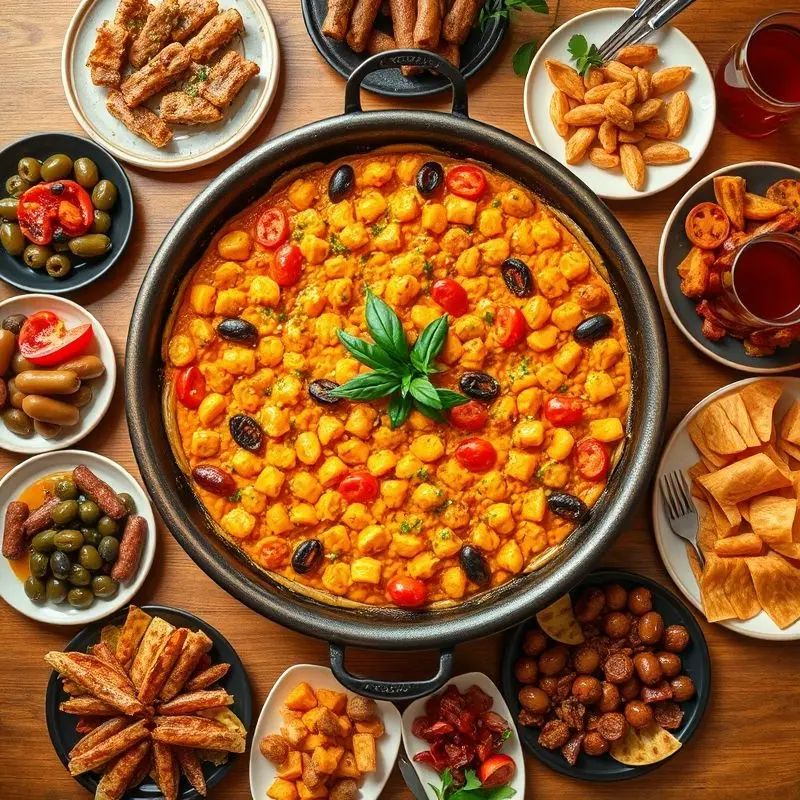
Festivals: Fiesta, Flavor & Food Fights
- La Tomatina: The world’s largest tomato fight in Buñol where around 150 000 kg tomatoes are hurled in the streets annually, drawing about 20,000 ticketed participants.
- Running of the Bulls / San Fermín: In Pamplona, participants run ahead of bulls in an adrenaline‑packed event, part of the broader festival of San Fermín.
- Carnival of Cádiz: Two weeks of humor, satire, parody and street recitals, known for its irony and theatrical performances.
- Las Fallas (Valencia): Monumental effigies built, paraded and burned in fiery celebration of Saint Joseph, merging art and tradition.
- Transition: Moreover, Spain’s calendars pulse with fiestas that go far beyond what many tourists know.
- Visual concept: Vibrant festival scenes – tomato fight chaos, bull‑run snapshots, papier‑mâché sculptures burning at night, costumed street performers.

Architecture & Art: Gaudí, Mosques, Museums
- Gaudí & Catalan Modernism: Antoni Gaudí’s masterpieces like Sagrada Família, Park Güell and Casa Milà in Barcelona showcase imaginative architecture merging nature and geometry.
- La Sagrada Família: Under construction since 1882, expected to complete around 2026; represents Spain’s most visited landmark.
- Alhambra (Granada): Ornate Moorish palace and fortress on Granada’s hills, a UNESCO World Heritage site famed for Islamic design and gardens.
- Mosque‑Cathedral of Córdoba: Former Islamic mosque built from 784 AD then converted—famous for its hypostyle hall with 856 columns.
- Museums: Prado (Madrid), Picasso (Barcelona), Guggenheim (Bilbao) house international masterpieces by Goya, Picasso, Dalí, etc.
- Transition: Furthermore, Spain’s architectural tapestry spans centuries of religious and artistic influence.
- Visual concept: Photos/sketches of Alhambra interior halls, Gaudí exteriors, Córdoba arches, museum facades; concept overlays explaining mix.
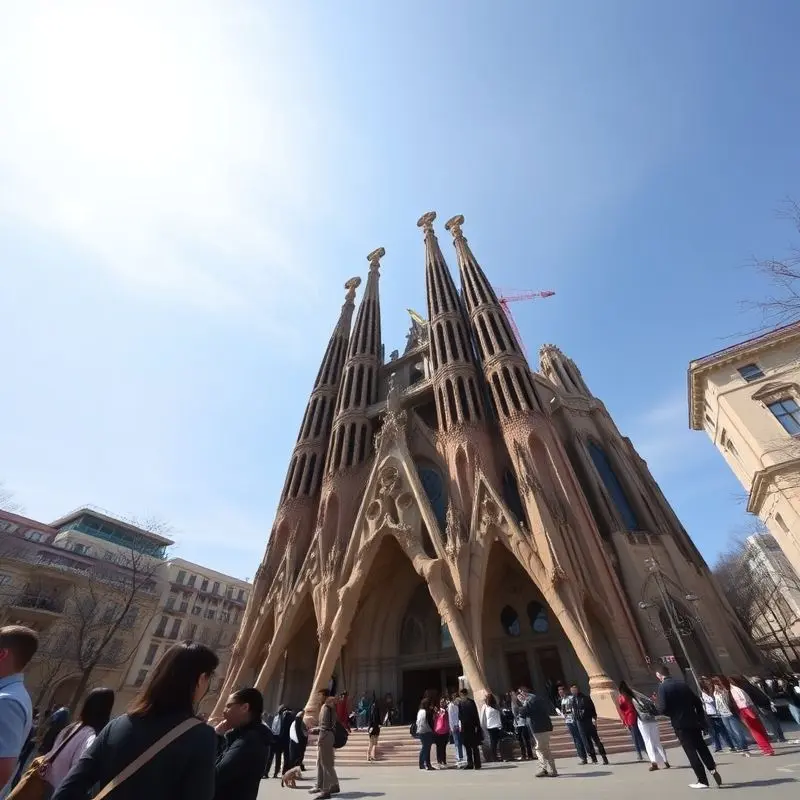
Beaches, Islands & Natural Beauty
- Spain’s coastlines: From Costa del Sol and Costa Brava to the Balearic and Canary Islands, beaches are legendary all over Europe.
- Ibiza: Party capital of the world, recognized for electronic dance music, nightclubs and golden beaches—yet also UNESCO heritage site in Dalt Vila.
- Pilgrimage route (Camino de Santiago): Thousands walk the Camino every year for spiritual, cultural and scenic reasons, ending at Santiago de Compostela Cathedral.
- Transition: And Spain’s natural landscapes complement its beaches with mountains, vineyards and spiritual trails.
- Visual concept: Scenic beach panoramas; aerial view of Ibiza club zone; hikers on Camino path; infographics on pilgrim numbers.
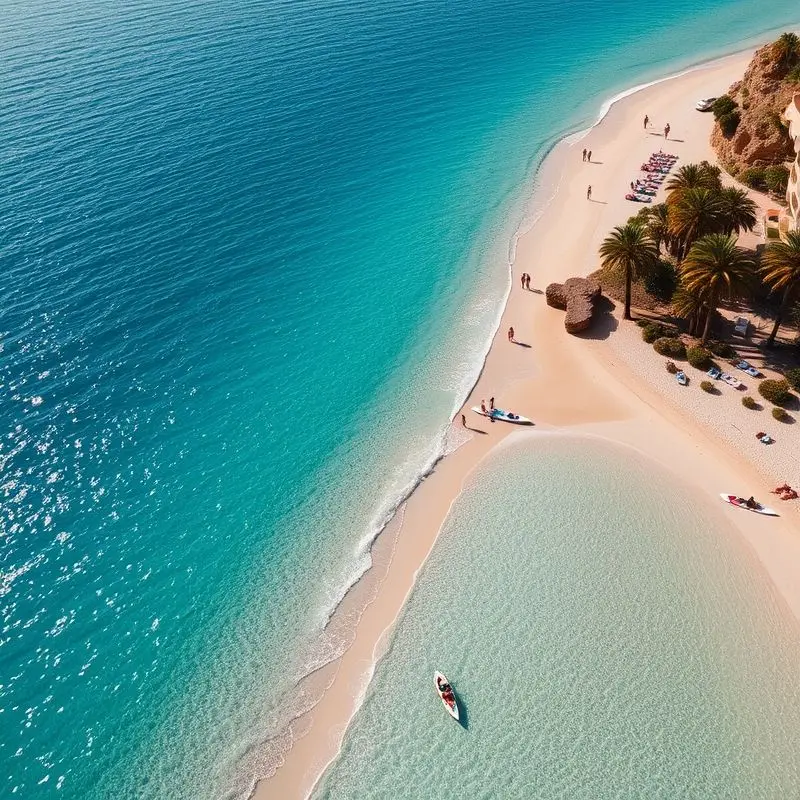
Historical Landmarks & Pilgrimage
- Roman Aqueduct of Segovia: Spanning centuries, this iconic aqueduct remains remarkably preserved and visually splendid.
- Catedral de Sevilla & Royal Alcázar: Seville’s cathedral is one of the world’s largest Gothic cathedrals; Royal Alcázar combines Islamic, Gothic and Renaissance styles.
- City of Arts & Sciences (Valencia): Futuristic complex by Calatrava & Candela featuring science museum, opera, aquarium, open spaces.
- Transition: Finally, Spain’s ancient and cutting‑edge icons reveal a layered past and innovative present.
- Visual concept: Photos of Segovia aqueduct, Alcázar courtyards, and Valencia’s ultramodern shapes with water reflections.
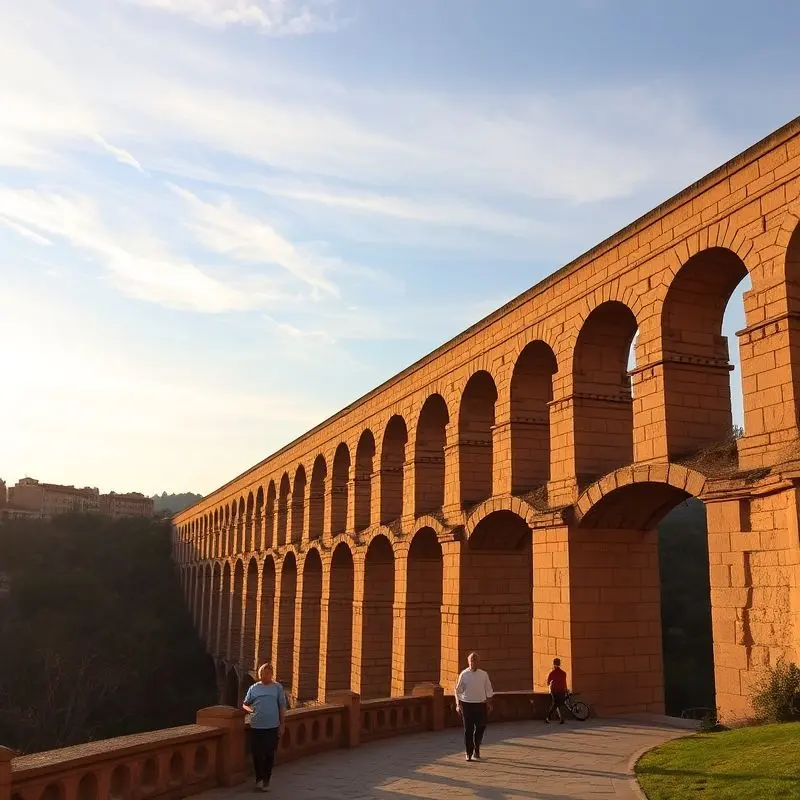
Lifestyle, Wine & Sporting Passion
- Siesta and nightlife: Spain’s laid‑back rhythm includes afternoon siestas and nightlife peeling off late dinners and clubbing from midnight onwards.
- Wine production: Spain ranks among the top wineries globally—Rioja, Ribera del Duero, Catalonia produce world‑class reds, whites, and sparkling wines.
- Football culture: Real Madrid and Barcelona are globally famous clubs with passionate fan culture and deep national pride.
- Expats & cost of living: Many expatriates favor cities like Malaga and Seville for low cost of living, €1.70‑€2.50 beer, sunny lifestyle and culture immersion.
- Informational keyword: embed “Spanish cuisine statistics” when referencing olive oil and wine volumes.
- Visual concept: Bars at night, vineyards, football stadium crowd, map of expat cities.

Crafts, Souvenirs & Cultural Heritage
- Damascene work (Toledo): Intricate gold and silver inlay into steel, producing artistic souvenirs unique to Toledo Spain.
- Traditional ceramics: Talavera ceramics (blue‑yellow), Sargadelos (Galicia), Manises (Valencia) recognized as UNESCO heritage and decorative arts Spain.
- Historical cuisine tradition: Jamón production, olive oil heritage, tapas evolution, plus ancient restaurants like Casa Botín, opened in Madrid in 1725.
- Transition: Indeed, Spanish craftsmanship and edible heritage reflect centuries‑old traditions.
- Visual concept: Displays of ceramics, painted damascene pieces, shot of Botín restaurant interior, cured ham legs.
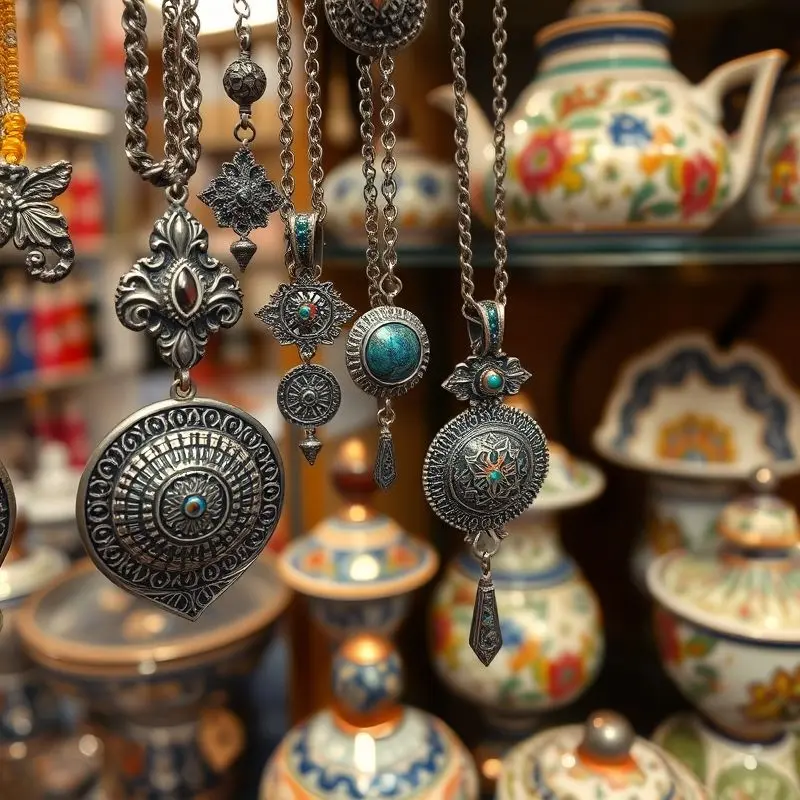
Why Spain Tops Global Rankings
Spain’s global fame arises from a blend of flamenco soul, gastronomic excellence, festivals that thrill, historic treasures, and sun‑kissed landscapes. Furthermore, it offers a lifestyle rhythm steeped in siesta, tapas bars, vibrant nightlife, world‑class football, and welcoming hospitality. Combined, these make Spain one of the most searched and beloved destinations—exactly why Spain tourism facts keep thousands planning trips and why many choose to buy Spain tour package for curated experiences.

